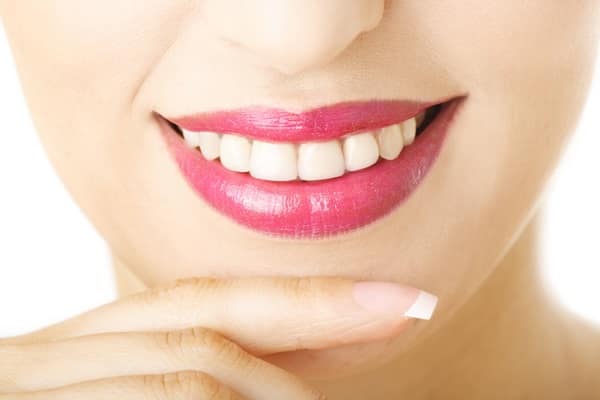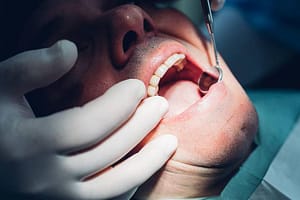Maintaining impeccable hygiene standards is critical for dental clinics, not only to protect patients but also to ensure the safety and health of staff. Dental practices range from general dentistry to highly specialised fields such as prosthodontists, orthodontists, and periodontists in London.
The deep cleaning process of clinics is both rigorous and meticulously structured. This article explores how dental clinics achieve a transition from merely clean surfaces to fully sterile environments, safeguarding every patient’s visit.
Why deep cleaning matters in dental clinics
Dental clinics are environments where invasive procedures are routine. Treatments often involve contact with saliva, blood and other bodily fluids, making infection control paramount. Any lapse in cleaning protocols can lead to cross-contamination, putting both patients and healthcare workers at risk of infections, including serious ones like hepatitis or MRSA.
London’s dental practices are governed by strict standards set out by regulatory bodies such as the Care Quality Commission (CQC) and guidelines from Public Health England. These protocols ensure that every surface, instrument and piece of equipment is thoroughly cleaned and sterilized between patients.
The deep cleaning process explained
The journey “from surface to sterile” in a dental clinic involves several key stages:
1. Initial surface cleaning
The first step in deep cleaning services is to remove visible dirt, dust and debris from all surfaces. This includes dental chairs, countertops, door handles, light switches and waiting room furniture. Clinics use hospital-grade detergents and disinfectants designed to eliminate bacteria and viruses effectively.
In specialist practices, whether it’s prosthodontists focusing on dental prostheses, orthodontists dealing with braces and aligners or periodontists treating gum disease, surface cleaning is adapted to account for the specific tools and equipment used in those fields.
2. Instrument sterilisation
One of the most critical aspects of deep cleaning is the sterilisation of dental instruments. Instruments such as probes, scalers and drills are often reusable and must be sterilized after every patient.
The process usually involves:
- Pre-cleaning: Instruments are rinsed and soaked to remove blood and tissue residues.
- Ultrasonic Cleaning: An ultrasonic cleaner uses sound waves to dislodge any remaining debris.
- Packaging: Instruments are then wrapped in sterilisation pouches.
- Autoclaving: This is the high-pressure steam sterilisation stage, which kills all bacteria, viruses, and spores.
- Storage: Sterilised instruments are stored in a sterile environment until needed.
London clinics often invest in the latest autoclaves and sterilisation technology to maintain the highest standards.
3. Disinfection of clinical areas
After instruments and surfaces have been cleaned, clinical areas such as treatment rooms undergo an additional layer of disinfection. This includes dental chairs, trays, lights and computer keyboards. Special disinfectant sprays and wipes that are effective against pathogens commonly found in dental settings are used.
Orthodontic clinics, for example, pay particular attention to cleaning orthodontic pliers and brackets, while periodontic clinics focus on decontaminating ultrasonic scalers and curettes used in gum treatment.
4. Air quality control
Airborne pathogens pose another risk in dental clinics. Many London practices use advanced air filtration systems with HEPA filters to remove bacteria and viruses from the air. Some also utilise UV light sterilisation in HVAC systems to reduce microbial presence, ensuring the treatment environment remains as sterile as possible.
5. Staff hygiene and protocols
Beyond the physical environment, staff hygiene plays a vital role in infection control. Dental professionals in London clinics follow strict protocols such as wearing personal protective equipment (PPE), including gloves, masks and eye protection. Regular hand washing and the use of alcohol-based hand sanitisers are mandatory.
Specialised dental practices in London and their cleaning needs
London’s dental landscape is diverse, with many specialized branches that require tailored deep cleaning processes:
- Prosthodontists: These specialists deal with crowns, bridges, dentures and implants. They use specific tools that require meticulous sterilisation to avoid infections associated with implant surgery or prosthetic fittings.
- Orthodontists: Focused on correcting teeth alignment using braces and aligners, orthodontic clinics manage various metal tools and bonding materials, all requiring careful cleaning to prevent contamination.
- Periodontists: Specialists in gum diseases use ultrasonic scalers and surgical instruments. Due to the nature of periodontal treatment, their clinics follow stringent sterilisation protocols to manage high infection risks.
- Endodontists: These experts focus on root canal therapy. The instruments used are small and delicate, demanding thorough cleaning and sterilisation to prevent reinfection.
- Pediatric Dentists: Clinics specialising in children’s dentistry use extra care in cleaning toys, play areas and treatment rooms, in addition to standard dental equipment.
Final thoughts
The phrase “From Surface to Sterile” aptly captures the comprehensive cleaning and sterilisation journey dental clinics in London undertake every day. Whether you visit a general dentist or a specialised practitioner such as a prosthodontist, orthodontist or periodontist, you can be confident that deep cleaning processes are designed to provide a safe and hygienic environment.
By adhering to strict cleaning protocols, investing in advanced sterilisation technology and maintaining high staff hygiene standards, London’s dental clinics ensure that patient safety remains their highest priority, turning every surface from just clean into truly sterile.






Leave a Comment